Warsaw Public Transport Guide - The Only Guide You'll Ever Need
This warsaw public transport guide cuts through the confusion and gives you exactly what you need - practical solutions that work in real life, not theory. Whether you're visiting for business or pleasure, you'll discover the insider secrets that help locals navigate efficiently while avoiding tourist traps and overpriced transport options. Every transportation method below has been tested by actual travelers and locals - no fluff, just what works.
Karolina K.
9/19/20257 min read
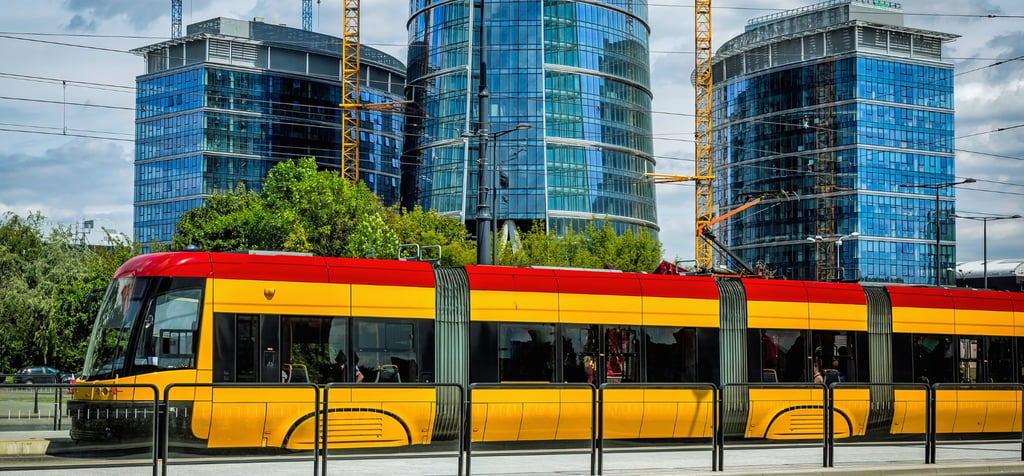

The Smart Traveler's Guide to Warsaw Public Transport
Skip the expensive taxis and tourist traps
Here's your practical breakdown of Warsaw's transportation system, organized by what actually matters: speed, cost, and convenience.
Public Transport - The Backbone of City Travel
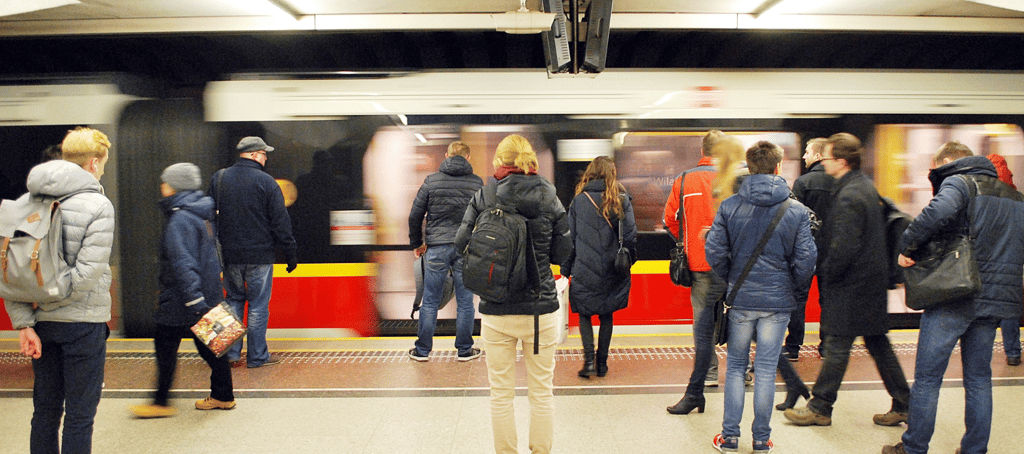

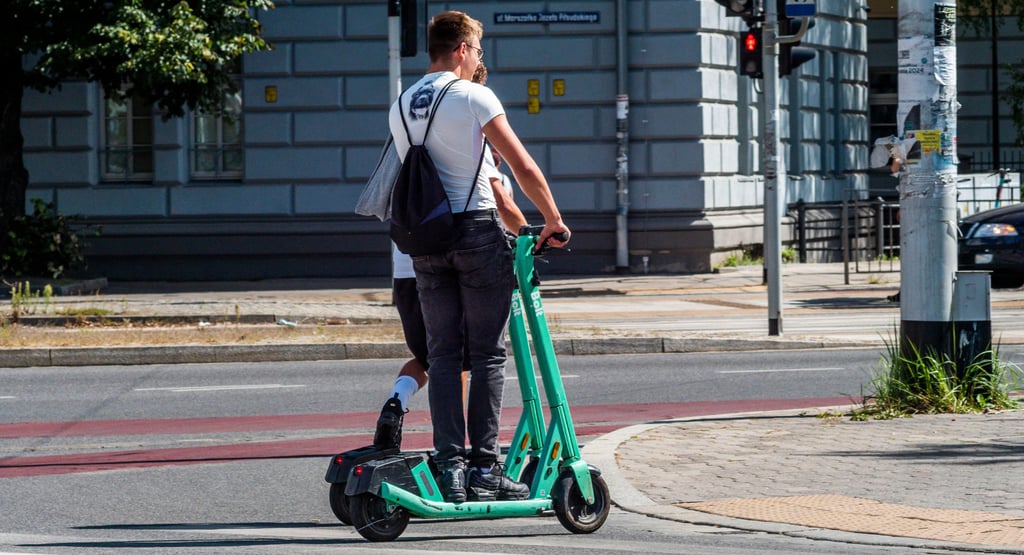

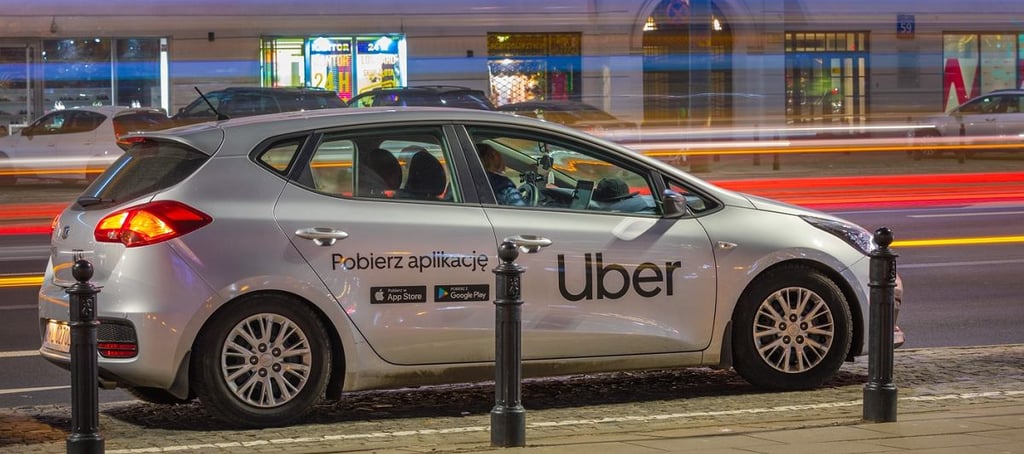



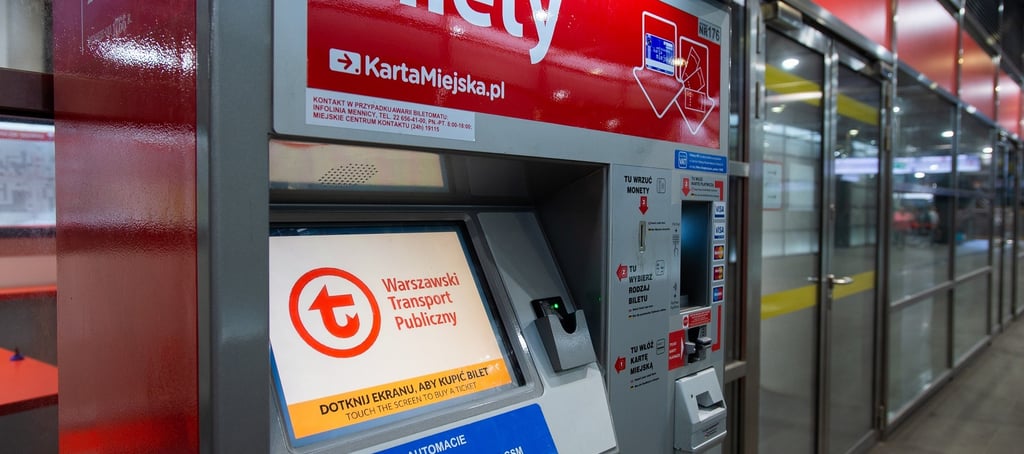

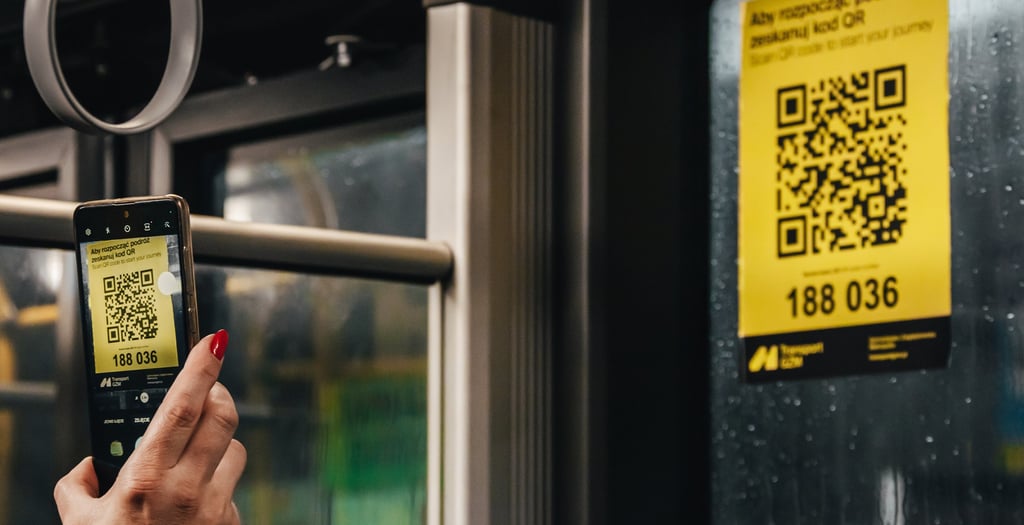

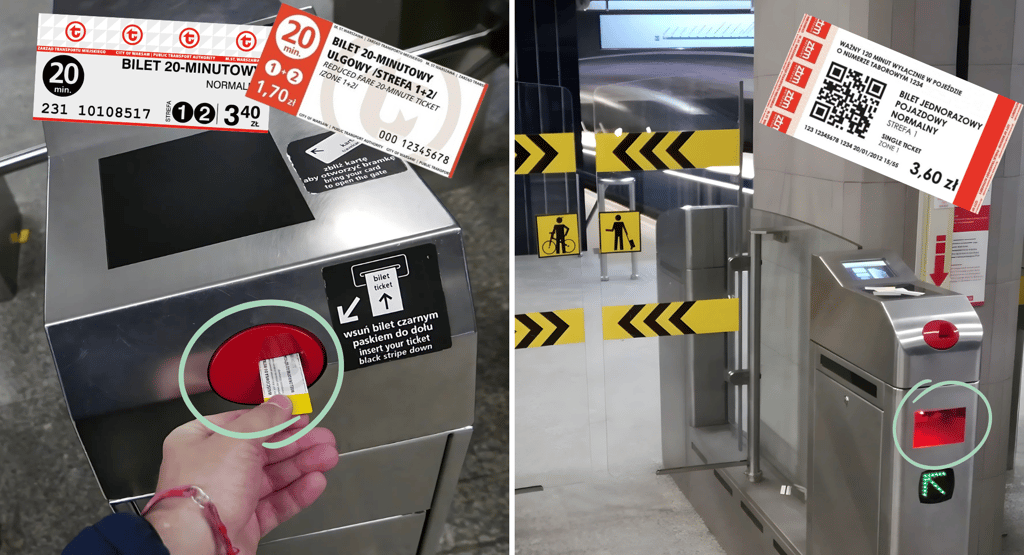

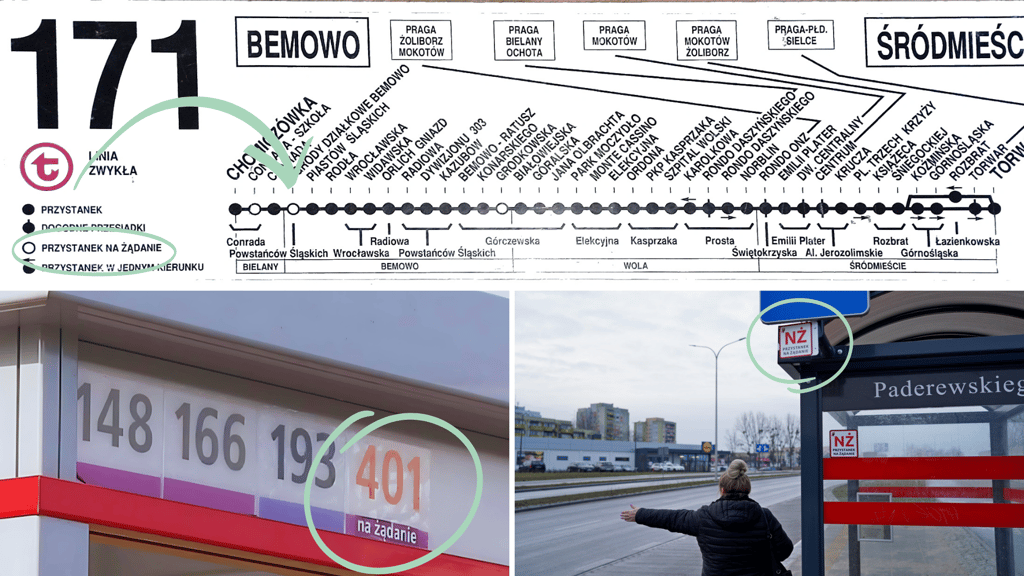

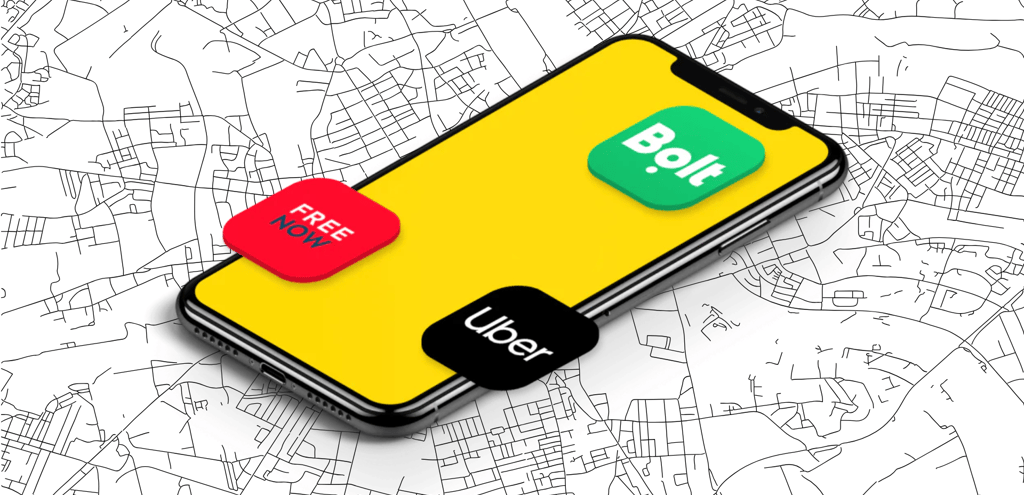

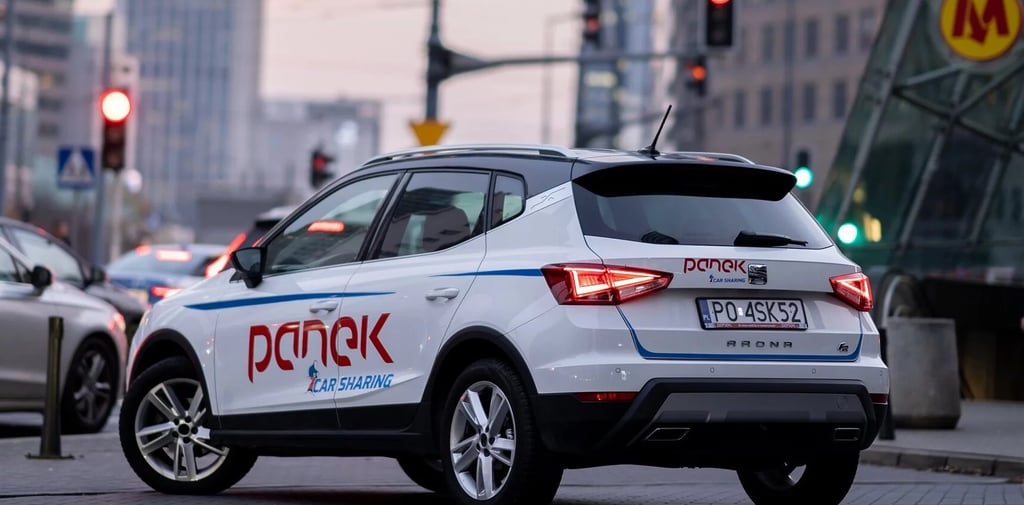

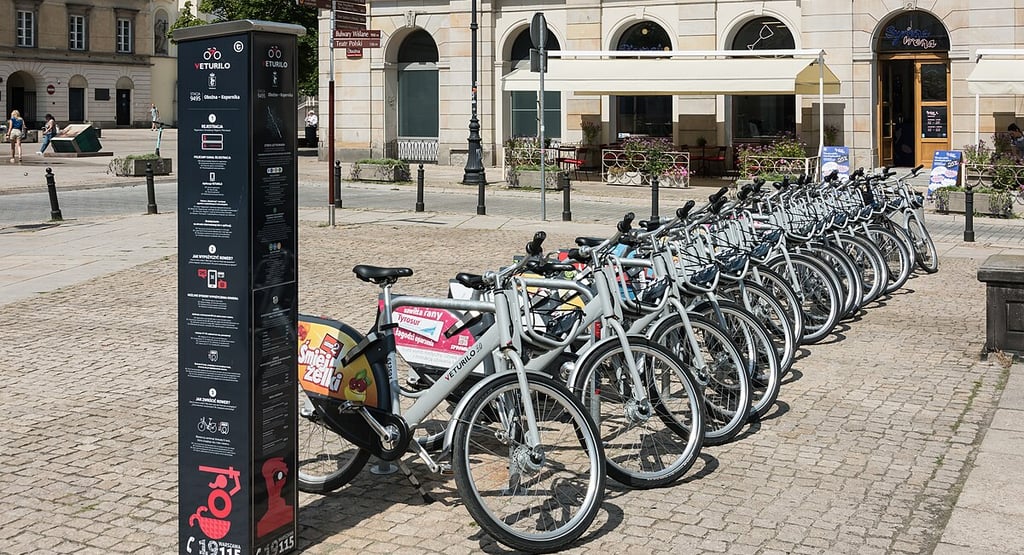

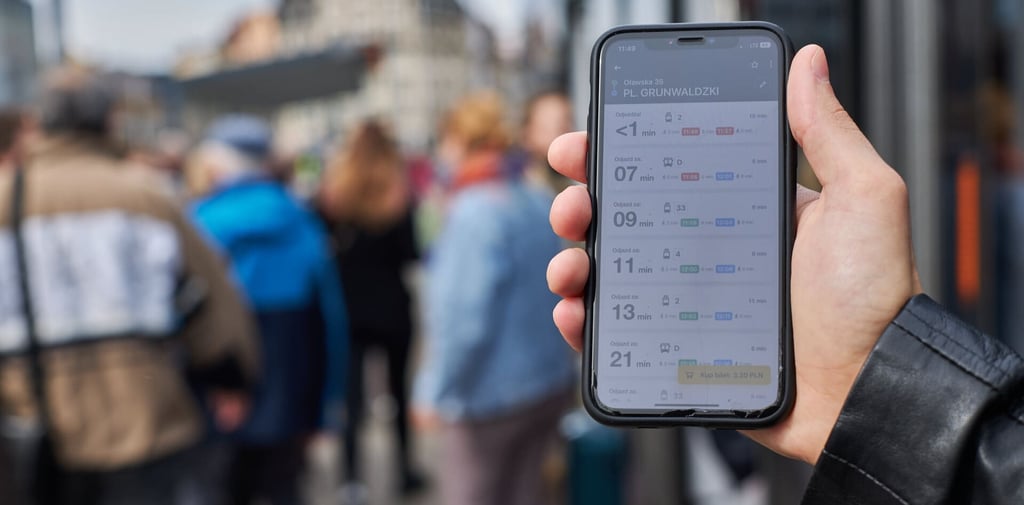

Offline Maps
Download Warsaw maps in apps like Google Maps or Maps.me for access without internet. Particularly useful in the metro, parks, and when exploring lesser-known districts.
Emergency and Night Transport
Emergency Situations
Emergency number: 112 (works throughout the EU)
If you get lost: Ask at the nearest kiosk, hotel, or bus driver
Most young people speak English - don't hesitate to ask for help
Night Transport
Warsaw has night bus lines (marked with "N"), running every 30-60 minutes
Uber, Bolt, FreeNow are available 24/7 and are safe and convenient
Accessibility for People with Disabilities
Metro and most trams have elevators and low-floor entrances
Stops feature audio and visual information boards
In the Jakdojade app, you can select "vehicles accessible for people with limited mobility"
Pro Tips for Navigating Warsaw Transport
Rush Hour Strategy: Avoid public transport between 7-9 AM and 4-6 PM if possible
Weekend Advantage: Public transport is less crowded on weekends
Tourist Card Consideration: For multiple daily trips, consider a day pass
Language Tip: Most transport announcements are in Polish and English
Cash Backup: Always carry some cash for emergency taxi rides
App Downloads: Download transport apps before arrival for smoother navigation
Conclusion
Warsaw's transportation system is modern, efficient, and tourist-friendly. Whether you prefer the speed of the metro, the scenic routes of trams, the convenience of ride-sharing apps, or the flexibility of bikes and scooters, you'll find an option that suits your travel style and budget. With this comprehensive guide, you're ready to explore Warsaw like a local and make the most of everything this fascinating city has to offer.
The key to successful navigation is understanding your options and choosing the right transport method for each journey. Welcome to Warsaw - the city is yours to discover!
You need an app to rent these vehicles, where you can easily create an account. The app includes a map showing available bikes and scooters. Simply top up your wallet in the app to rent a vehicle.
Important: Park in designated zones - don't leave vehicles in the middle of sidewalks. When returning a Veturilo bike, make sure to lock it properly at the station.
Walking in Warsaw
Best Neighborhoods for Walking
Śródmieście (City Center): Historic sites, parks, Vistula River boulevards
Żoliborz: Green alleys and intimate atmosphere
Mokotów: Parks and quiet residential areas
Pedestrian Traffic Rules
Watch out for bikes and scooters - they often share space with pedestrians
Use pedestrian crossings and pay attention to traffic signals
After dark, choose well-lit routes
Safety on Streets
Warsaw is a safe city - personally, I've never been afraid to walk around even in the middle of the night. However, like any major city, you may occasionally encounter aggressive sports fans, intoxicated individuals, or pickpockets. Avoid interacting with them.
Essential Mobile Apps and Tools
Must-Have Apps
Jakdojade.pl: Best app for planning public transport journeys (available in English)
SkyCash: Enables purchase of public transport and rail tickets
ztm.waw.pl: Official Warsaw Public Transport Authority website with schedules and maps
Car Sharing (Traficar, CityBee, 4Mobility): Many rental cars are scattered throughout the city. If you enjoy driving, this is a great option. Apps provide detailed instructions on how to rent vehicles.
Bike Rental (Veturilo) and E-Scoot
These apps are extremely popular in Warsaw and frequently used by locals. During rush hours, you often have to wait longer for a driver. If you need to leave at a specific time (e.g., 8:00 AM), order your ride earlier.
Major advantages:
Much cheaper than traditional taxis
Drivers are strictly verified for licenses and safety
Card payments built-in
Car Rental and Car Sharing
Trams (29 lines)
Operating principles are similar to buses, with the same "on request" system for some stops.
SKM/WKD (Suburban Railways)
Large stations have ticket machines, but for more remote stations, it's wise to have a pre-purchased ticket.
Private Transport Options
Taxis
We don't recommend private taxi companies because:
Prices are often incredibly high
Many don't accept card payments
Outside popular destinations, it's hard to find taxis - drivers typically wait in the city center or near major attractions
Uber, Bolt, FreeNow
Buses (standard, express, night, zone services)
Important for first-time visitors: Buses don't always arrive exactly on schedule. They might be a few minutes early or late. Apps like Jakdojade show real-time information about delays. Google Maps and Apple Maps also provide this information.
Crucial Note: If you see "NŻ" (na żądanie = "on request") next to your bus number at the stop, the bus won't stop unless you wave to the driver. Similarly, if traveling on a bus and you see "NŻ" next to a stop name where you want to get off, you must signal the driver by pressing the STOP button as you approach the stop.
Public Transport Details
Metro (2 lines, 36 stations)
Ticket machines are located in metro underground passages. You must validate tickets before entering through metro gates. There are two types of metro tickets:
Magnetic stripe tickets: Used at standard gates
QR code tickets: Can only be scanned at special gates with QR readers
Where to Buy:
Ticket machines: Found at many stops and in vehicles (with English language options and often other languages).
Important: Not all ticket machines accept cash; some only take cards. Tickets bought directly in buses or trams are usually automatically validated, so don't buy them in advance.
Mobile apps: Such as Jakdojade or SkyCash. After registering, you need to top up your account to purchase tickets. Remember to scan the QR code via app when boarding. QR codes are located on bus and tram windows and walls.
Kiosks and some shops: Ask at the counter if the shop sells public transport tickets - many small local vendors offer this service.
Stop guessing and start choosing smart. Here's the practical breakdown every traveler needs:
For distances up to 1.5 km: Walking is best - it's fast, healthy, and convenient.
For longer routes: Metro is your top choice - fast, intuitive, with English signage throughout.
For medium-distance trips: Trams and buses offer scenic routes through the center and Old Town.
To reach suburbs quickly: Use suburban rail (SKM, KM) for the fastest connections.
For sightseeing at your own pace: Veturilo city bikes or electric scooters are perfect when you want to make stops at major attractions throughout the city.
For independence and door-to-door service: Car rental through mobile apps offers maximum flexibility.
For night travel: Night bus lines and 24/7 taxi services (Bolt, Uber) are available around the clock.
Essential Rules for Getting Around the City
Public Transport - How to Use It
Tickets: It’s always best to buy your ticket before boarding. Tickets are valid across metro, trams, buses, and suburban rail (SKM). While ticket machines are often available inside trams and buses, they can sometimes be out of order, reject cash payments, or become inaccessible immediately after the doors close due to ticket inspections. To avoid any inconvenience or fines, purchasing your ticket in advance is strongly recommended.
Private Cars Still used but less preferred in the center. The city is introducing clean transport zones and restrictions on combustion vehicles.
Car Sharing Services like Panek, Traficar, CityBee, and 4Mobility offer flexible alternatives to car ownership.
Taxis and Mobile Apps Uber, Bolt, and FreeNow provide quick access through mobile applications and are often chosen for night travel or emergency situations.
Which Warsaw Public Transport Option Saves You Time AND Money?
Bicycles Warsaw boasts an extensive network of bike paths, repair stations, and parking areas. The Veturilo city bike system is available at numerous locations throughout the city.
Electric Scooters Popular among young adults and students, available through apps like Lime, Bolt, and Dott. Perfect for short distances, with designated parking zones and shared lanes.
Walking With increasingly modernized pedestrian crossings and traffic-calmed zones, walking is promoted as a healthy and ecological form of transportation.
Car Transportation
Metro System The Warsaw Metro features two efficient lines (M1 and M2) that form the backbone of the city's public transportation. These lines are fast, punctual, and reliable, with ongoing investments in M2 line extensions and M3 line planning that will improve accessibility to peripheral districts.
Trams Warsaw's dense tram network covers most districts with 29 lines. The city continuously invests in new trams and track modernization, making it one of Europe's most comprehensive tram systems.
Buses The bus network serves both the city center and outskirts, with standard, express, night, and zone services. The city is introducing electric and hybrid buses to support environmental goals.
Suburban Rail (SKM, Mazovian Railways) These connect Warsaw with surrounding towns and provide an excellent alternative for commuting from the suburbs.
Individual and Eco-Friendly Transport
Contact
Contact us via email:
Subscribe to our newsletter!
office@tellmemoretravel.com
© 2025. All rights reserved.
